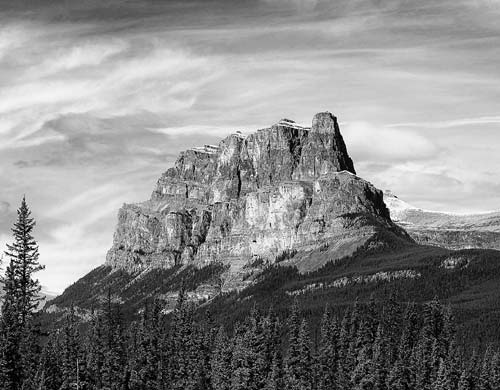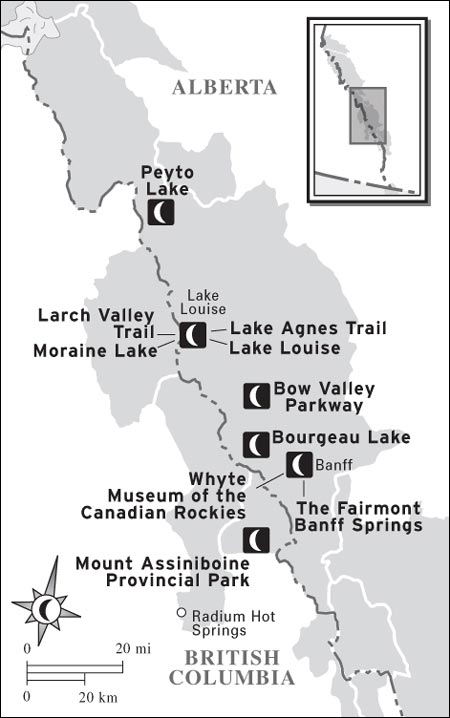 SPOTLIGHT
SPOTLIGHT
BANFF NATIONAL PARK
ANDREW HEMPSTEAD
This 6,641-square-kilometer (2,564-square-mile) national park encompasses some of the worlds most magnificent scenery. The snowcapped peaks of the Rocky Mountains form a spectacular backdrop for glacial lakes, fast-flowing rivers, and endless forests. Deer, moose, elk, mountain goats, bighorn sheep, black and grizzly bears, wolves, and cougars inhabit the parks vast wilderness, while the human species is concentrated in the picture-postcard towns of Banff and Lake Louisetwo of North Americas most famous resorts. Banff is near the parks southeast gate, 128 kilometers (80 miles) west of Calgary. Lake Louise, northwest of Banff along the TransCanada Highway, sits astride its namesake lake, which is regarded as one of the seven natural wonders of the world. The lake is rivaled for sheer beauty only by Moraine Lake, just down the road. Just north of Lake Louise, the Icefields Parkway begins its spectacular course alongside the Continental Divide to Jasper National Park.
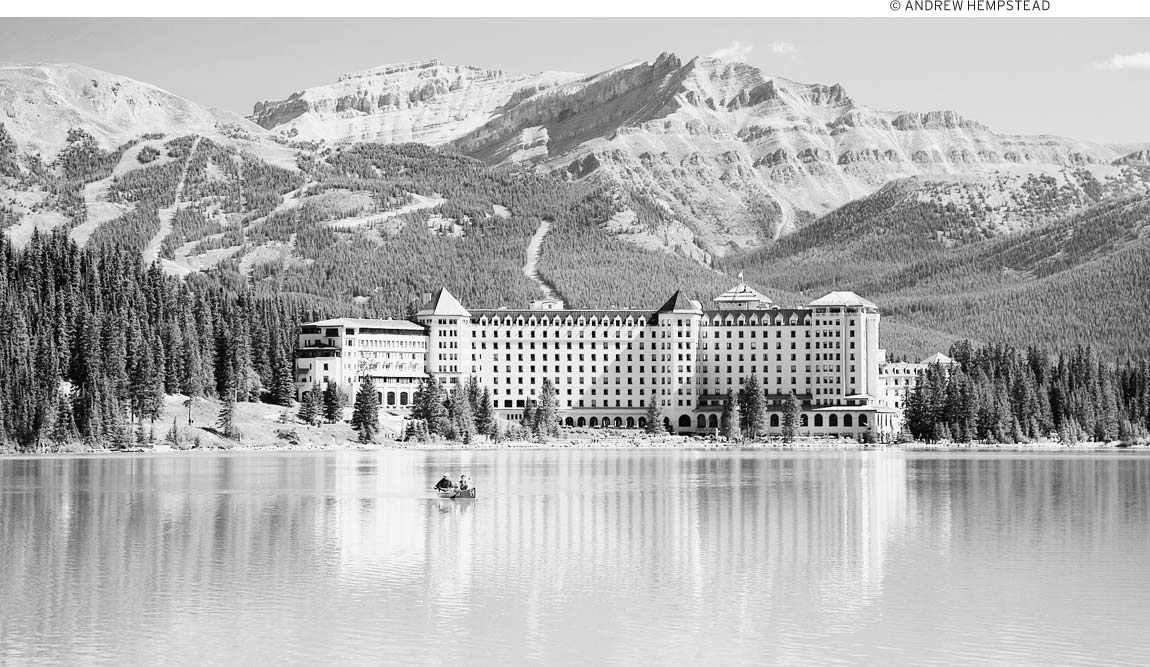
One of Banffs greatest draws is the accessibility of its natural wonders. Most highlights are close to the road system, but adventurous visitors can follow an excellent system of hiking trails to alpine lakes, along glacial valleys, and to spectacular viewpoints where crowds are scarce and human impact has been minimal. Summer in the park is busy. In fact, the park receives nearly half of its four million annual visitors in just two months (July and August). The rest of the year, crowds outside the town of Banff are negligible. In winter, three world-class winter resortsSki Norquay, Sunshine Village, and Lake Louise (Canadas second-largest winter resort)crank up their lifts. During this low season, hotel rates are reasonable. If you tire of downhill skiing and snowboarding, you can try cross-country skiing, ice-skating, or snowshoeing; take a sleigh ride; soak in a hot spring; or go heli-skiing nearby.
LOOK FOR M TO FIND RECOMMENDED SIGHTS, ACTIVITIES, DINING, AND LODGING.
M Whyte Museum of the Canadian Rockies: If you visit only one museum in Banff, make it this one for a snapshot of the parks human history ().
M The Fairmont Banff Springs: You dont need to book a room here to enjoy the many wonders of one of the worlds great mountain resortsjoin a guided tour, enjoy a meal, or simply wander through the grandiose public areas (.).
M Bow Valley Parkway: This scenic drive between Banff and Lake Louise provides views of abundant wildlife and many worthwhile stops ().
M Bourgeau Lake: A steep trail leads to this lakes rocky shores, populated by colonies of pikas ().
M Lake Louise: Famous Lake Louise has hypnotized visitors with her beauty for over 100 years. Visitors can rent canoes from the boathouse ().
M Moraine Lake: If anywhere in the Canadian Rockies qualifies as a Double Must-See, it would be this deep-blue body of water surrounded by glaciated peaks ().
M Lake Agnes Trail: You wont completely escape the crowds by hiking this trail from Lake Louise, but you will leave most of them behind ().
M Larch Valley Trail: This walk is a good introduction to hiking in the Canadian Rockies, especially in fall when the larch trees have turned a brilliant gold ().
M Peyto Lake: Another one of Banffs famous lakes. The main difference is the perspective from which it is vieweda lookout high above its shoreline ().
M Mount Assiniboine Provincial Park: Accessible only on foot or by helicopter, this roadless park is filled with glacier-capped peaks and turquoise lakes ().
The park is open year-round, although occasional road closures occur on mountain passes along the parks western boundary in winter, due to avalanche-control work and snowstorms.
PARK ENTRY
Permits are required for entry into Banff National Park. A National Parks Day Pass is adult $9.80, senior $8.30, child $4.90, to a maximum of $20 per vehicle. It is interchangeable between parks and is valid until 4pm the day following its purchase.
An annual Discovery Pass, good for entry into national parks and national historic sites across Canada (including two within Banff National Park), is adult $67.70, senior $57.90, child $33.30, to a maximum of $136.40 per vehicle.
All passes can be bought at the eastern park gate on the TransCanada Highway, the park information centers in Banff or Lake Louise, and at campground kiosks. For more information, check online at the Parks Canada website (www.pc.gc.ca).
PLANNING YOUR TIME
If you are planning to visit the Canadian Rockies, it is almost inevitable that your itinerary will include Banff National Park, both for its many and varied outdoor attractions and for its central location. The park can be anything you want it to be, depending on the time of year you visit and what your interests are. The main population center is Banff, which has all the services of a large town, as well as attractions such as the landmark Fairmont Banff Springs hotel and the Whyte Museum of the Canadian Rockies. The park holds three lakes that you wont want to miss for their scenic beauty: Lake Louise, Moraine Lake, and Peyto Lake. All three are easily accessible by road but also offer surrounding hiking, and the former two have canoe rentals. Hiking is the parks biggest attraction, and many visitors plan their itinerary around it. Id suggest mixing it upchoosing from the hikes that reflect your fitness level and combining them with visits to the major natural attractions. For example, when in the vicinity of Lake Louise, walk the Lake Agnes Trail, and while at Moraine Lake, plan on visiting Larch Valley. For the more adventurous, Bourgeau Lake is a stunning day-hike destination. Keen hikers with more time should also consider including Mount Assiniboine Provincial Park, which is renowned for its network of trails.
You can book one accommodation for your entire stay or spend an equal number of nights in Banff and Lake Louise. If you have a family or like the convenience of staying put for your entire vacation, it is practical to book a room in either Banff or Lake Louise and use it as a basespending your days in the park but also venturing farther afield, with, for example, one day scheduled for Yoho National Park and another for a Canmore/Kananaskis combo.
Unless youre a die-hard skier or snowboarder, summer is definitely the best time of year to visit. The months of July and August are the busiest, with crowds decreasing exponentially in the weeks before and after these two months. June and September are wonderful times to visit the park. Aside from the crowd factor, in June, wildflowers start blooming and wildlife is abundant. September sees temperatures ripe for hiking, and the turning colors are at their peak. In either month, discounted accommodations are a welcome bonus. In May and October-November, the park is at its quietest. Temperatures in any of these three months are generally too cool for hiking (although welcome warm spells are common). The parks three alpine resorts begin opening in December and remain in operation until April or May. While skiing and boarding are the big wintertime draw, plan on expanding your experience by joining a sleigh ride, learning to snowshoe, or heading out for some ice fishing.


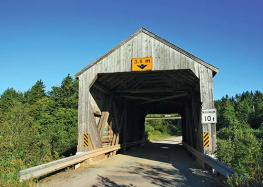
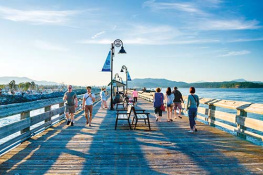
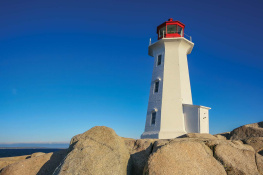
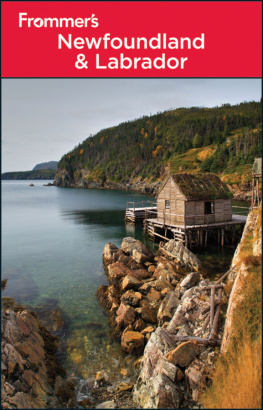
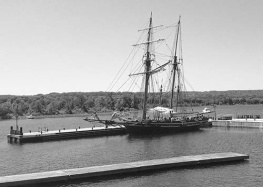
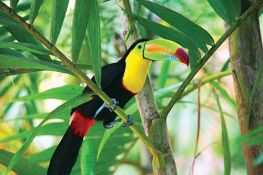
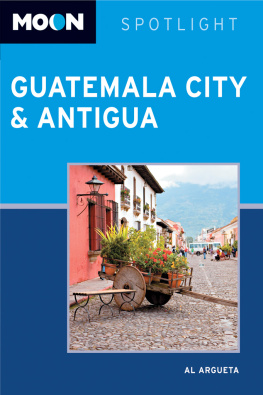
 SPOTLIGHT
SPOTLIGHT